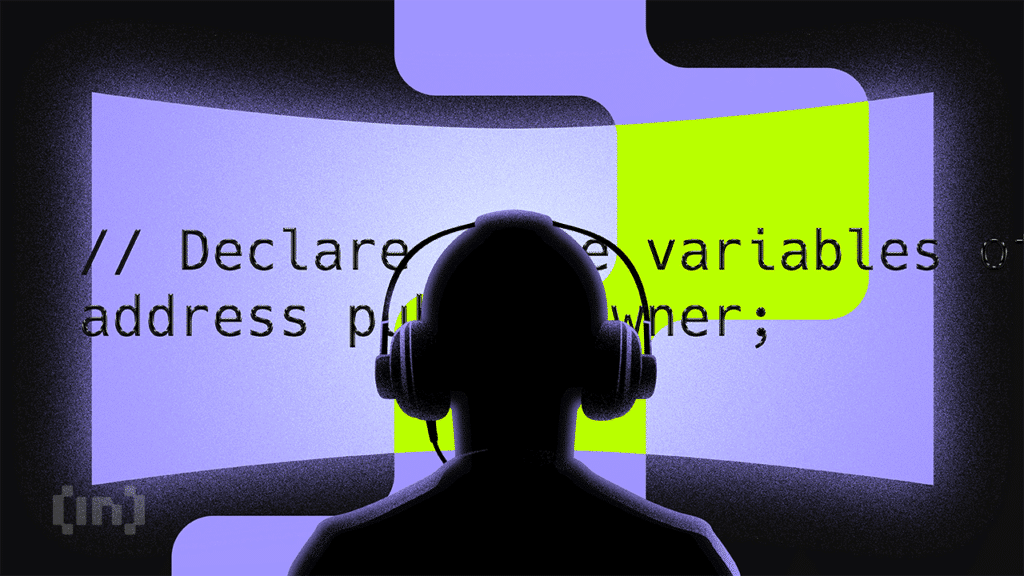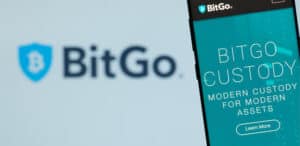Why Blockchain Programming Can Be Easier Than You Think

Blockchain technology is revolutionizing the digital world and the financial system. The prospect of learning to program these complex systems can seem daunting. However, insights from a prominent blockchain developer suggest this journey may be more accessible than many imagine.
Indeed, the learning curve for those interested in programming blockchain and developing smart contracts may not be as steep as one might think.
Start with the basics
Johnny Grillet, CEO of El Aguacate Programmer, told BeInCrypto about the importance of focusing on fundamental concepts and specific demonstrations of the blockchain stack. This approach contrasts with trying to cover every aspect of a broad project. His perspective is in line with a broader challenge in Web3 education—the need to focus on a few core areas rather than chasing every new trend.
A significant advantage mentioned by Grillett is the use of familiar programming languages such as JavaScript. This familiarity provides a new entry point to blockchain programming. On Hive, for example, even those with a basic understanding of JavaScript can interact with nodes and explore various features.
Read more: Top Programming Languages Used in Blockchain Development
This accessibility is not common in other blockchain stacks where you always need to learn new languages like Solidity, Rust or Go. Because of this, Grillet believes that making mistakes and sharing that knowledge is one of the best ways to learn. This method promotes a more inclusive and less isolated learning environment.
Therefore, engaging with online communities, using available documentation, and following tutorials are also critical.
“I think the best way to learn is to make mistakes and show the community how not to do things. Showing honesty and vulnerability makes learning progress less of an island, not just for blockchain, but for most people in general,” Grillett said.
Early adopters have pointed to the value of community feedback in shaping and improving products.
“We are the first adopters who need to be listened to. If you want your product to gain mass adoption, you share the first product, use your community as a beta tester, listen and improve your product. It is a proven strategy for most products and features in blockchain and all other areas of technology,” explained Grillet.
Ask lots of questions
For those looking for structured learning, Web3 University and BeInCrypto's Learn offer comprehensive programs. However, Grillett believes the best learning often comes from asking questions. Browsing the abundance of content available online on various blockchain ecosystems has proven to provide great insight.
He also advocated for a more selective approach to learning, focusing on specific content at an integrated pace. Grillett mentioned the common use of JavaScript in Web3, which allows programmers to leverage their skills in building front-end applications that interface with blockchains.
“JavaScript is a Web2 language, so it's common for Web3 to have such a paradigm, regardless of your stack of choice.” Additionally, JavaScript allows you to use foundational knowledge to start building applications that consume blockchain as a database, as a service, or a way for you to use your blockchain, Grillet added.
The proliferation of online learning platforms presents both opportunities and challenges. When presenting too much information, Grillett notes, there is a danger of overwhelming students with too much content, leading to a tendency for people to accumulate courses rather than absorb knowledge.
He believes in a more focused approach that focuses on the specific needs of blockchain programming. One way is through bootcamp programs, which are a great learning option for blockchain developers, according to Columbia University.
“[Bootcamps] Simulate real-world industrial work projects and challenges in a controlled environment. Students can follow a flexible, yet in-depth curriculum based on hands-on learning and hands-on learning. Preparing for a seamless transition to full-time blockchain development,” wrote Columbia University.
Read more: 4 Best Crypto Learn and Discover Platforms in 2024
The future of blockchain education, as envisioned by Grillett, lies in adaptive learning paths, a prospect that will increasingly be realized through the capabilities of blockchain technology itself.
Disclaimer
Following Trust Project guidelines, this feature article presents opinions and perspectives from industry experts or individuals. BeInCrypto is committed to transparent reporting, but the views expressed in this article do not necessarily reflect those of BeInCrypto or its employees. Readers should independently verify information and consult with a professional before making decisions based on this content. Please note that our terms and conditions, privacy policies and disclaimers have been updated.













